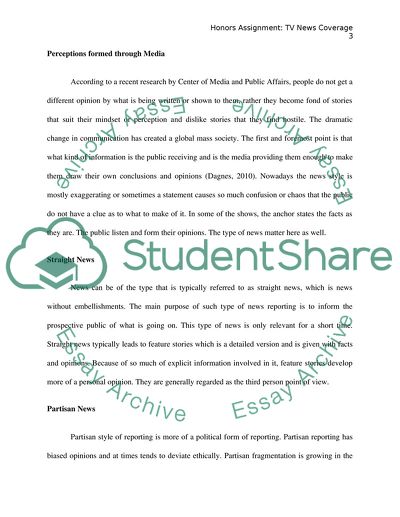Cite this document
(Democratic Theory/Public Opinion: TV News Coverage Term Paper - 1, n.d.)
Democratic Theory/Public Opinion: TV News Coverage Term Paper - 1. Retrieved from https://studentshare.org/journalism-communication/1749591-democratic-theorypublic-opinion-tv-news-coverage
Democratic Theory/Public Opinion: TV News Coverage Term Paper - 1. Retrieved from https://studentshare.org/journalism-communication/1749591-democratic-theorypublic-opinion-tv-news-coverage
(Democratic Theory/Public Opinion: TV News Coverage Term Paper - 1)
Democratic Theory/Public Opinion: TV News Coverage Term Paper - 1. https://studentshare.org/journalism-communication/1749591-democratic-theorypublic-opinion-tv-news-coverage.
Democratic Theory/Public Opinion: TV News Coverage Term Paper - 1. https://studentshare.org/journalism-communication/1749591-democratic-theorypublic-opinion-tv-news-coverage.
“Democratic Theory/Public Opinion: TV News Coverage Term Paper - 1”, n.d. https://studentshare.org/journalism-communication/1749591-democratic-theorypublic-opinion-tv-news-coverage.


